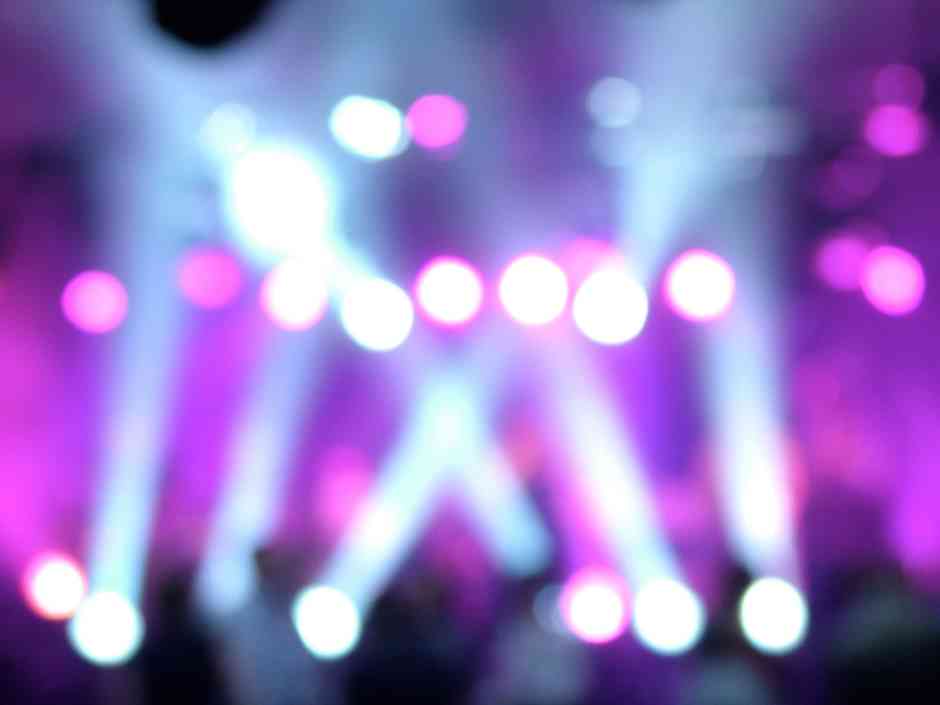
Writing in the journal Light Science and Applications the group reports that it has found a new way to boost the amount of light LEDs produce.
The team modelled the impact of placing a two-dimensional (single layer) of nanoparticles between the LED chip, which produces the light, and the transparent casing that protects the chip. Although the casing is necessary, it can cause unwanted reflections of the light emitted from the LED chip, meaning not all the light escapes.
They found that adding a layer of finely tuned nanoparticles could reduce these reflections, allowing up to 20 percent more light to be emitted. The reflections also increase the heat inside the device, degrading the LED chip faster, so reducing the reflections could also reduce the heat and increase the lifetime of LED chips.
Commenting on the potential impact of the work Co-author Dr Debabrata Sikdar from IIT Guwahati said: “We think that our innovation, based on fundamental theory and the detailed, balanced optimization analysis we performed, could be introduced into existing manufacturing processes with little disruption or added bulk."
Co-author Professor Sir John Pendry, from the Department of Physics at Imperial, added: "It is obvious that with larger light extraction efficiency, LEDs will provide greater energy savings as well as longer lifetime of the devices. This will definitely have a global impact on the versatile LED-based applications and their multi-billion-dollar market worldwide."
The next stage for the research will be manufacturing a prototype LED device with a nanoparticle layer, testing the best configurations predicted by the theory - including the size, shape, material and spacing of the nanoparticles, and how far the layer should be from the LED chip.
The authors believe that the principles used can work along with other existing schemes implemented for enhancing light extraction efficiency of LEDs. The same scheme could also apply to other optical devices where the transmission of light across interfaces is crucial, such as in solar cells.




Project to investigate hybrid approach to titanium manufacturing
Sadly they will not be ordering any more presses from Wilkins & Mitchell http://www.historywebsite.co.uk/articles/Darlaston/WM.htm